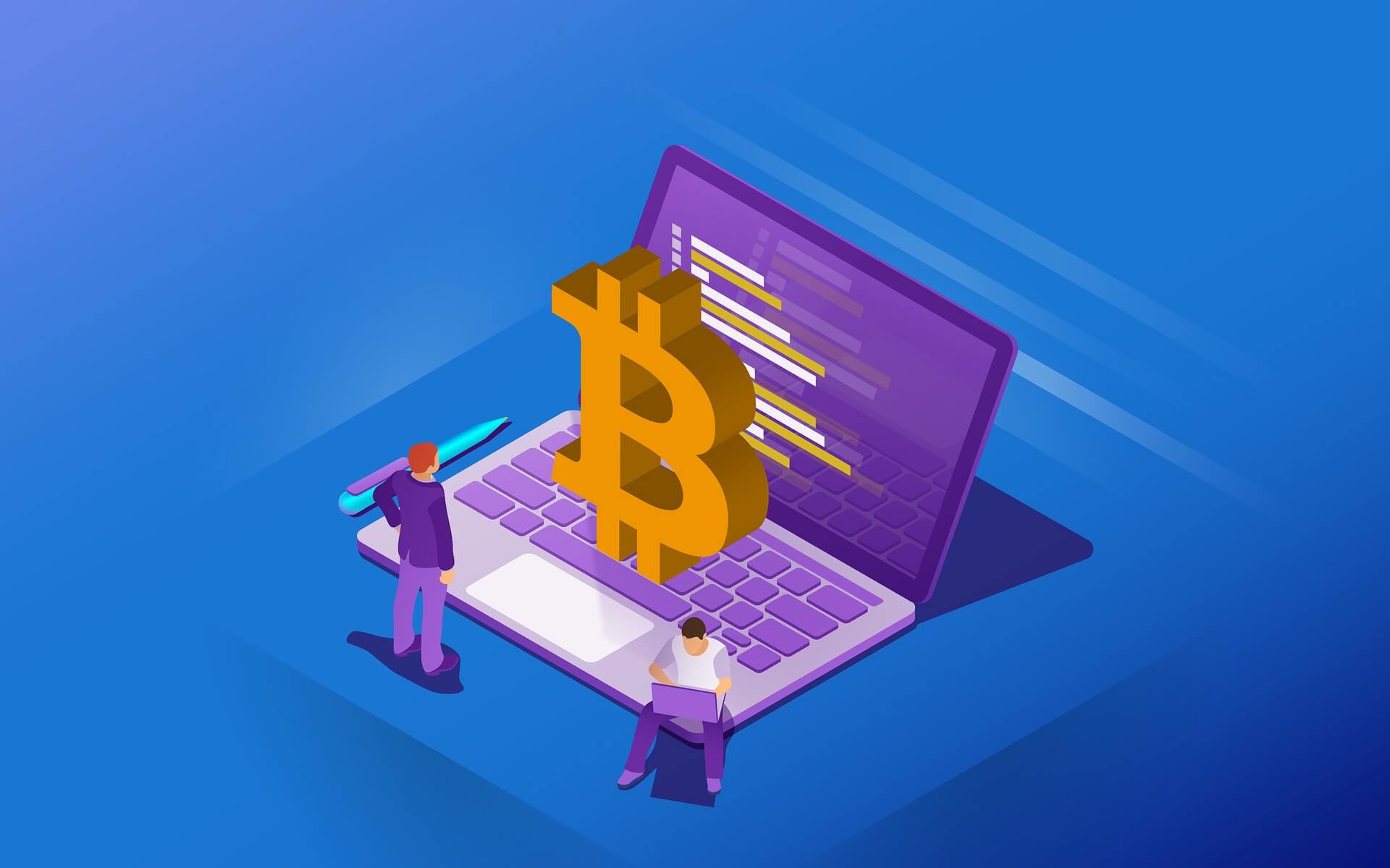
Exchange-traded funds, better known as ETFs, are similar in many ways to mutual funds. They generally track the price of an asset (like gold) or a basket of assets (like the S&P 500) making it easy for investors to diversify their portfolios by gaining access to an entire asset class. As their name suggests, they trade on exchanges and can be bought and sold like stock via a traditional brokerage account.
There are currently several popular Bitcoin-tracking ETFs in Canada and Latin America and a number of U.S. firms have applied to the Security and Exchange Commission (SEC) to list and trade BTC ETFs on U.S. exchanges. These funds would enable American investors to gain financial exposure to crypto through their brokerage accounts without directly buying or managing the bitcoin themselves.
Why are ETFs important?
ETFs are hugely popular. In 2020, $7.74 trillion in assets worldwide were invested in ETFs, almost six times more than a decade ago. And thanks to an explosion of interest in low-fee index investing, ETFs have spawned an entirely new category of financial companies: so-called Robo-advisors like Betterment and Wealthfront that invest in ETFs almost exclusively..
So it’s probably a good time to finally learn what they are. Think of ETFs as the common cousin of a stock and a mutual fund. While mutual funds have been kicking around for almost 100 years, ETFs only appeared in the U.S in 1993, when State Street Capital launched its S&P 500-mirroring ETF (nicknamed “the spider”), which still trades to this day. With somewhere north of $350 billion under management, it remains the largest ETF in existence.
How do ETFs work?
Like individual stocks, ETFs are listed on exchanges like the New York Stock Exchange, the Nasdaq, and the Shanghai Stock Exchange. Also like stocks, their share price will go up and down during trading hours one major difference between ETFs and mutual funds. Mutual funds’ net asset values, or NAV, are almost always priced just once a day, normally after the exchanges close. ETFs typically dynamically track the price of their component parts, through a process of buying and selling the component parts whenever the price of either begins to diverge.
Like mutual funds, most ETFs operate as a kind of wrapper enveloping many individual securities. This makes both mutual funds and ETFs a naturally attractive way for retail investors to diversify their portfolios by adding many stocks, bonds, or other types of investments with one single purchase.
Comparing ETFs and mutual funds
The two asset classes are similar in many ways. But there are lots of interesting distinctions.
- Mutual funds may or may not require a specific minimum investment. ETFs, on the other hand, are sold by the share or fractional share, providing a low barrier to entry.
- ETFs are issued by name brand companies like Vanguard and Schwab, but unlike mutual funds, they typically are not purchased directly from a fund issuer but rather from another investor on a stock exchange.
- Because they are actively traded on markets, ETF prices can sometimes deviate from the value of their underlying investments. (Typically, though, ETFs tend to track pretty closely to the price of their underlying assets.)
- Unlike many mutual funds, ETFs are usually managed passively meaning there is no human fund-manager hunched over a Bloomberg terminal deciding which stocks to add or take out of the fund. Instead, computer algorithms often do the heavy lifting by carrying out ETF trades. Because there are no fund-manager salaries to pay, ETFs generally have lower operating costs and expense ratios than actively-managed mutual funds.
- Because mutual fund managers may do a significant amount of trading of assets in and out of the fund, their funds may incur substantial capital-gains taxes which can create a drag on returns. ETFs generally mirror the composition and weighting of existing indexes — like the S&P 500 for large-cap stocks, the Russell 2000 for small-cap stocks, or the Bloomberg Barclays US Treasury 1-3 Year Index for treasury bonds.
- ETFs can also be indexed to a single asset’s market, like the one for gold. A BTC ETF would be similar to such a fund.
Specialized ETFs
ETFs aren’t all passive, however. Take the popular ARK Innovation ETF (ARKK), which actively invests in companies its manager, Cathie Wood believes are disruptive, like Tesla. ETFs like this isn’t cheap ARKK comes with a .75% expense ratio (which represents the portion of the fund’s assets that are used for administrative and other operating expenses), which makes it just about as expensive to hold as popular mutual funds like Fidelity’s Magellan offering. Other ETFs are virtually identical products to mutual funds offered by the same firm. Vanguard, which revolutionized low-fee investing, offers both a passively-managed mutual fund and an ETF that both track the S&P 500. (While their returns are nearly identical, the ETF version can be appealing because the mutual fund requires a minimum $3,000 investment.) While index-tracking ETFs are most popular with retail investors, there are countless other types of ETFs, from sector ETFs (that exclusively invest in, say, technology or marijuana companies) to “thematic” ETFs (like one that allows Catholics to invest only in companies that adhere to guidelines established by a conference of U.S. bishops). And of course, there are plenty of financially esoteric options, like leveraged ETFs that magnify market gains and losses and inverse exchange-traded funds, that are designed to thrive while their underlying indexes are falling. Before investing in an ETF it’s a good idea to review any disclosed material (often on the ETF’s website) to ensure you understand what you are buying. Consult a licensed investment adviser if you have questions about your financial strategy.











